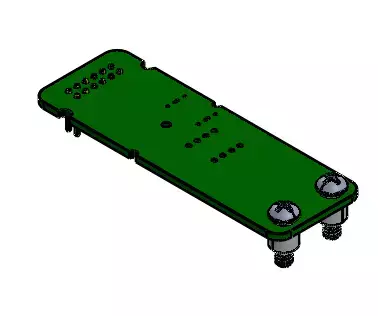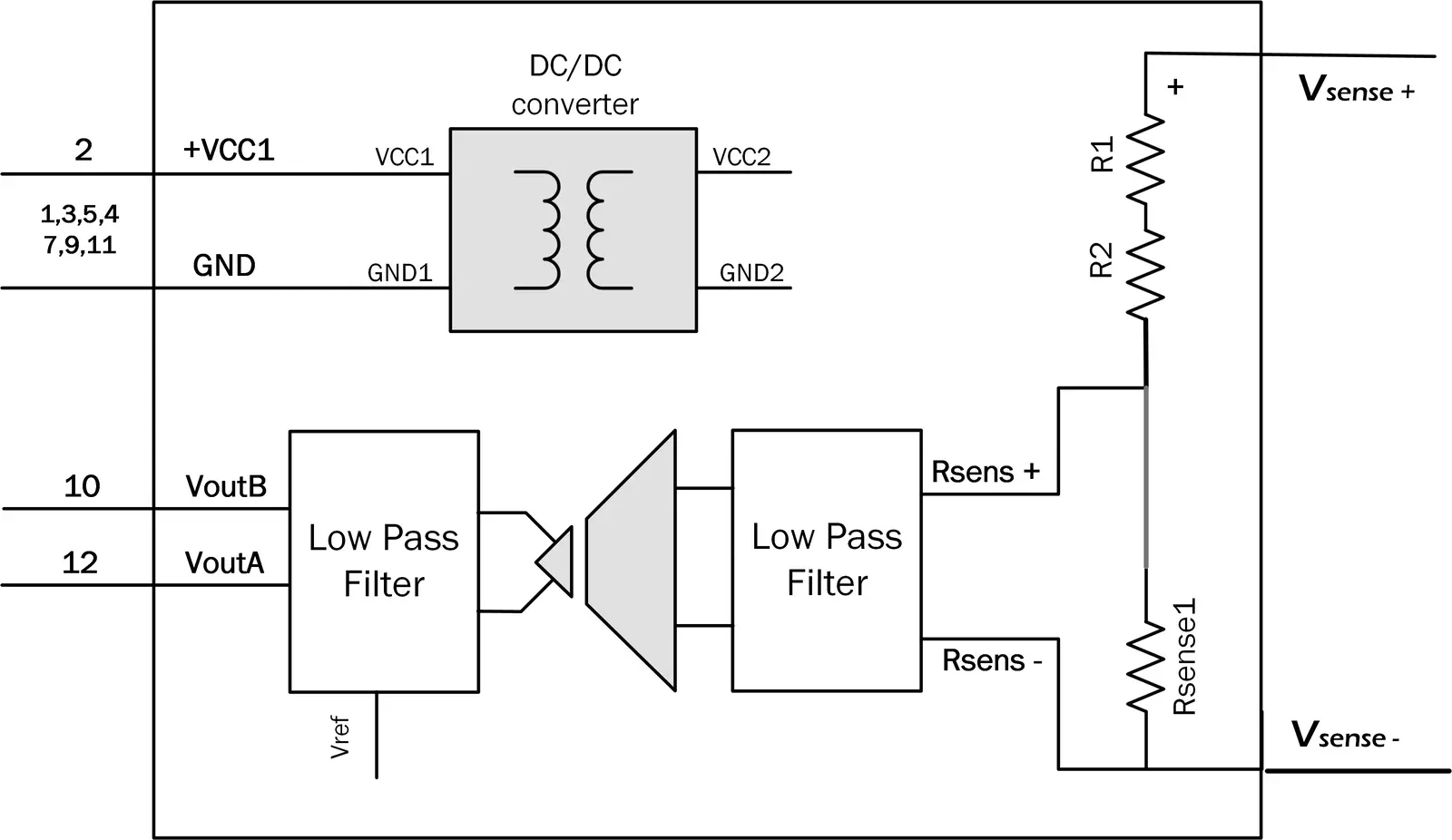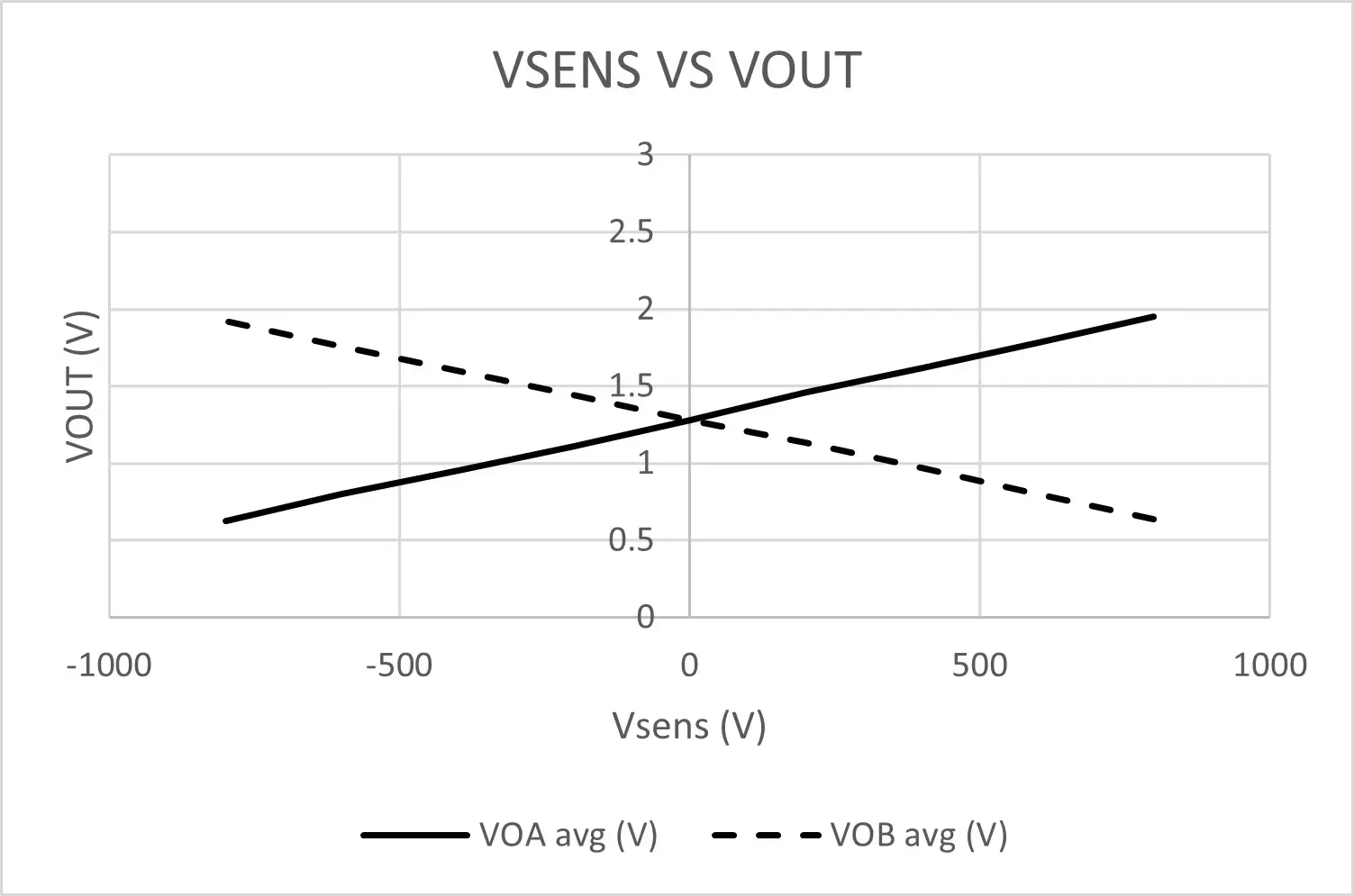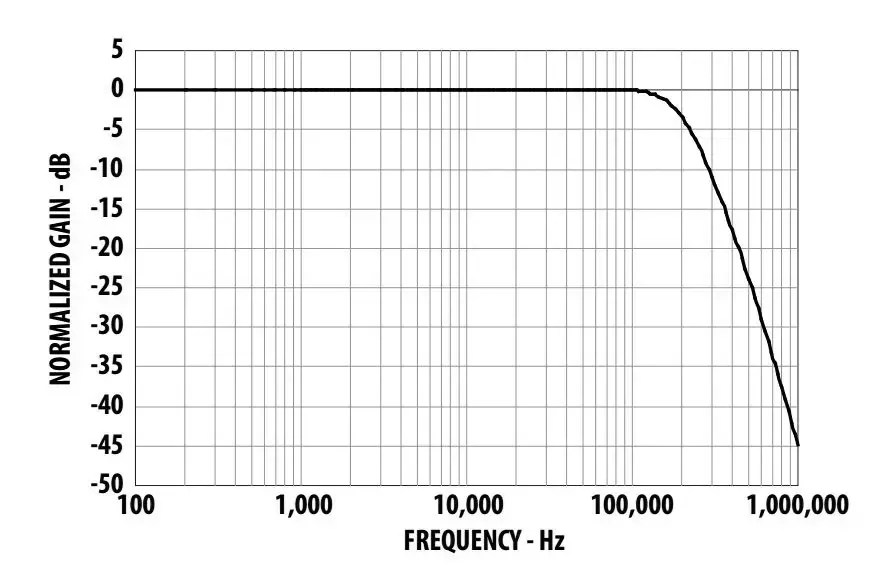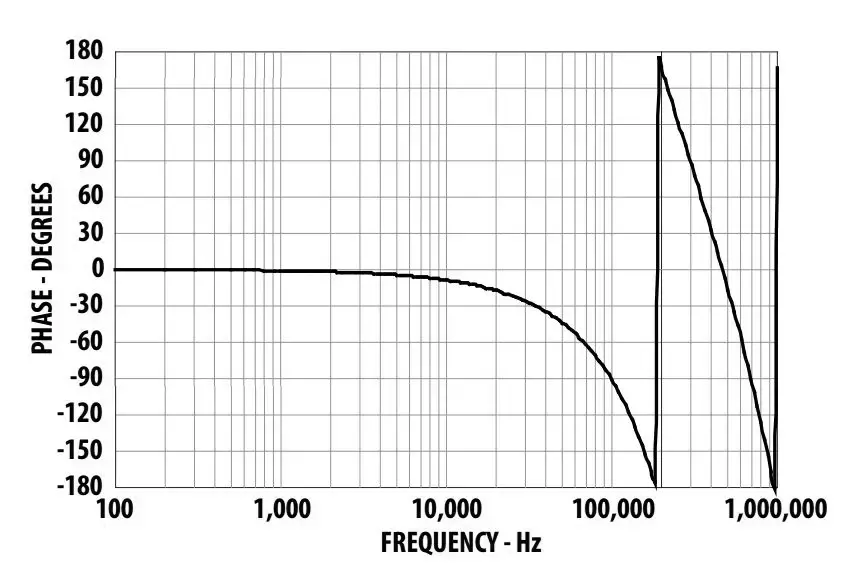In the world of power electronics, precision and reliability are paramount. Whether it's for industrial measurement systems, high-voltage sensing for EV charging, or cutting-edge research products, the role of transducers cannot be overstated. Transducers, which include both current and voltage types, are essential for converting electrical parameters into measurable signals, enabling accurate monitoring and control in a wide range of applications.
What Are Transducers and Why Are They Important?
Transducers are devices that convert one form of energy into another. In power electronics, they are primarily used to measure electrical parameters like current and voltage. For instance, current transducers are critical for monitoring power flow in industrial machinery, while voltage transducers are indispensable in smart grids for real-time voltage monitoring. Together, they ensure the safe and efficient operation of electrical systems.
The Role of Transducers in Research
In research, transducers are indispensable tools for prototyping and testing. Both current and voltage transducers are used to simulate real-world conditions, such as load variations in industrial machinery or fluctuations in renewable energy systems. Their high accuracy and fast response times make them ideal for experiments that require precise measurements and reliable data collection.
Applications in Industry
The versatility of transducers extends beyond research. In industrial settings, current transducers are used to monitor motor performance and energy consumption, while voltage transducers help optimize power distribution and reduce operational costs. For example, in manufacturing plants, these devices enable predictive maintenance, minimizing downtime and improving efficiency.
The Advantages of Modern Transducer Systems
Modern transducer systems, such as the PLUGY system by PEModule, offer modular designs and ease of use. Features like plug-and-play functionality and auto-calibration eliminate the need for complex wiring and manual adjustments, making them accessible even to non-experts. These systems are designed to deliver consistent performance, ensuring reliability in both current and voltage measurement applications.
Future-Proofing Power Electronics
As industries move toward smarter, more connected systems, the importance of transducers will only grow. Modern systems are compatible with IoT platforms and communication protocols like CAN bus and RS-485, making them ideal for Industry 4.0 applications. For instance, in smart grids, transducers can transmit real-time data to central monitoring systems, enabling predictive maintenance and energy optimization.
Conclusion
Transducers, whether for current or voltage measurement, are the unsung heroes of modern technology. They enable advancements in both research and industrial applications, ensuring precision, reliability, and efficiency. Systems like the PLUGY system by PEModule exemplify the perfect blend of innovation and practicality, making them indispensable tools for engineers and researchers alike. By leveraging the power of transducers, we can push the boundaries of what's possible in power electronics and beyond.

